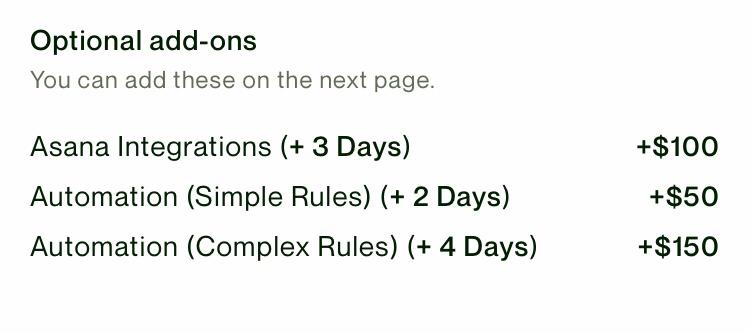
Freelancers can increase their chances of getting hired and attracting more clients by displaying their skills and experiences.
As a freelancer on Upwork, having a well-optimized project catalog can be the key to success. Your project catalog is a storefront, showcasing your skills and services to potential clients. By following these valuable insights, especially if you’re new to freelancing, you can attract more clients, build trust, and increase your chances of securing projects. Let’s dive into the essential elements that will help you create a compelling and effective project catalog.
This guide provides helpful tips for creating a successful catalog that will attract clients and increase your visibility on the platform
Importance of an optimized Project Catalog

A project catalog on Upwork can offer several benefits
Streamlines Communication/Hiring:
Clients can quickly confirm the availability of a freelancer, and view their pricing, offers, and delivery options at a glance before initiating conversations. They can quickly browse through different service offerings and select the one that best suits their needs, saving time and maximizing their hiring process.
Better Visibility
Freelancers can increase their chances of getting hired and attracting more clients by displaying their skills and experiences.
Accessibility
Project catalogs often follow specific formats, making it easier for both clients and freelancers to understand project requirements and deliverables
The Foundation of A Project Catalog
Before setting up your project catalog, take these factors into consideration:
1. Focus on Your Niche
Identify the projects you enjoy working on and those that are in demand to attract the right clients.
2. Showcase Samples
Having ready-to-display samples of your previous work will boost your credibility and entice a potential client
10 Key Elements to Optimize Your Project Catalog
To ensure your project ranks higher in search results, focus on these elements:
1. Captivating Title
Craft a title that intrigues and encourages clients to explore your project further.

2. Relevant Category
Choose the most appropriate category for your project to reach the right audience.
3. Strategic Search Tags
Incorporate industry keywords to improve your project’s visibility in search results.
4. Competitive Pricing
Research the market and set a price that aligns with industry standards, attracting more clients. In this image, take notice of how the price range varies, depending on the particular service a client opts for.



5. Realistic Delivery Date
Provide a competitive delivery date, giving clients confidence in your ability to deliver on time.
6. Add-ons for Extra Value
Offer additional for extra costs to enhance the client’s experience and increase your earnings.

7. In-depth Project Description
The project description is where you can truly showcase your skills and expertise. Focus on these three essential sections:

8. Project Summary
Use concise language and industry key terms to highlight what sets you apart from other freelancers.
9. Project Steps
Break down your work process and explain how you handle reviews and payments transparently.
10. Frequently Asked Questions
Address common client inquiries to build trust and save time during the client selection process

Final Steps:

Before making your project catalog public, review it thoroughly to ensure everything is in order. Additionally, consider switching your project between private and active modes based on your availability and workload.
Conclusion
An optimized project catalog is a crucial aspect of succeeding as a freelancer. It not only attracts more clients but also establishes you as a trusted professional in your field. By following these tips, you can maximize your chances of landing exciting projects and building a successful freelancing career.
